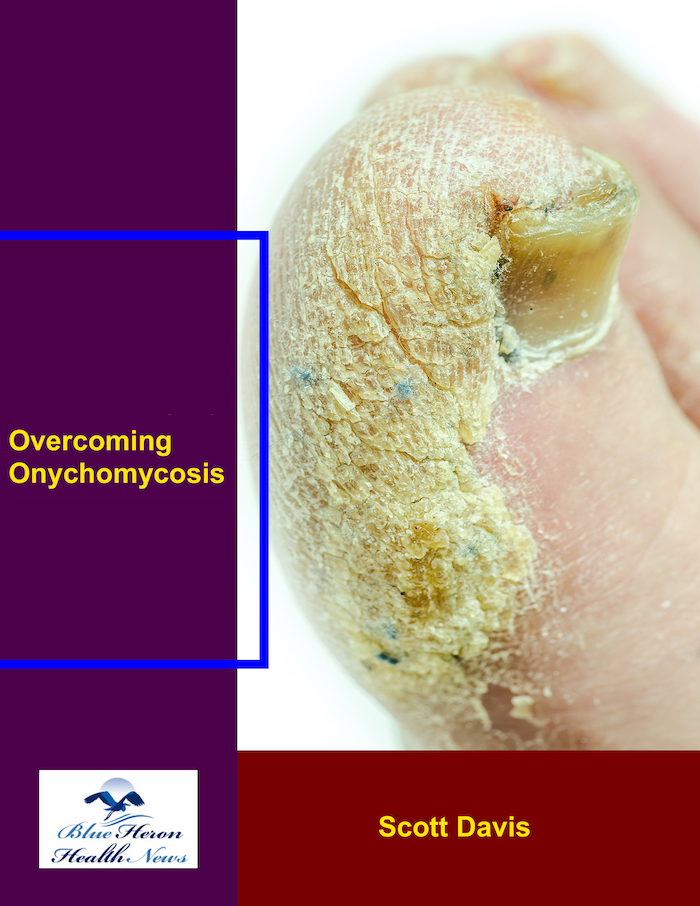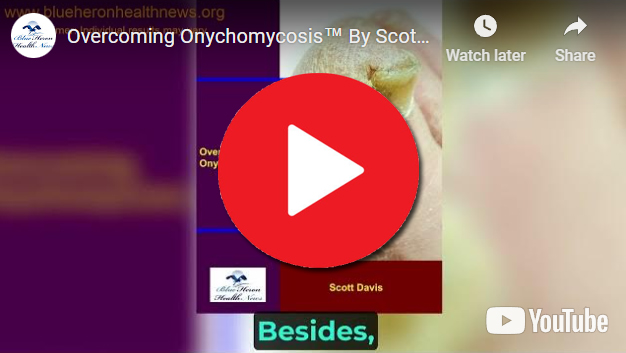
Overcoming Onychomycosis™ By Scott Davis If you want a natural and proven solution for onychomycosis, you should not look beyond Overcoming Onychomycosis. It is easy to follow and safe as well. You will not have to take drugs and chemicals. Yes, you will have to choose healthy foods to treat your nail fungus. You can notice the difference within a few days. Gradually, your nails will look and feel different. Also, you will not experience the same condition again!
What is the role of a KOH test in diagnosing onychomycosis?
A KOH test (potassium hydroxide test) plays a crucial role in diagnosing onychomycosis, a fungal infection of the nails. Here’s an overview of its purpose and procedure:
Purpose
The KOH test helps identify the presence of fungal elements in the nail sample. Onychomycosis can be caused by dermatophytes, yeasts, or non-dermatophyte molds, and the KOH test serves as a quick and cost-effective diagnostic tool.
Procedure
- Sample Collection:
A small portion of the affected nail is clipped or scraped from the most discolored or brittle area. - Sample Preparation:
The sample is placed on a glass slide and treated with a few drops of KOH solution (10–20% concentration). KOH dissolves keratin in the nail sample, making fungal elements easier to visualize. - Microscopic Examination:
The slide is examined under a microscope for the presence of hyphae, spores, or pseudohyphae, which are characteristic of fungal infections.
Advantages
- Quick and cost-effective: Provides results within minutes to hours.
- Direct visualization: Confirms the presence of fungi without waiting for culture results.
Limitations
- Requires expertise: Accurate identification depends on the skill of the examiner.
- False negatives: Poor sample collection or preparation can lead to missed diagnoses.
- Does not identify the specific fungus: Further testing (like fungal cultures or PCR) may be needed for species identification.
Complementary Tests
To increase diagnostic accuracy, the KOH test is often combined with:
- Periodic acid-Schiff (PAS) staining
- Fungal culture
- Molecular diagnostics (PCR)
Would you like information on how to prepare for a KOH test or complementary diagnostic methods?
A nail culture is a diagnostic test used to identify the specific fungus causing onychomycosis (fungal nail infection). It helps guide appropriate treatment, especially when empirical therapies fail.
Procedure for Nail Culture
- Sample Collection:
- The healthcare provider cleans the affected nail and surrounding area with alcohol to reduce contamination.
- Nail clippings, scrapings from under the nail, or debris from the most affected areas are collected.
- The sample should come from the discolored, brittle, or crumbling parts of the nail, where fungi are most concentrated.
- Sample Preparation:
- The collected material is ground or finely chopped to increase the surface area for fungal growth.
- Inoculation on Culture Media:
- The sample is placed on specific fungal culture media, such as Sabouraud dextrose agar (SDA) or dermatophyte test medium (DTM).
- Antibacterial agents are often included to suppress bacterial growth.
- Incubation:
- The sample is incubated at temperatures around 25°C to 30°C for 2 to 4 weeks, as some fungi grow slowly.
- Observation and Identification:
- The culture is checked periodically for fungal colony growth.
- Once colonies appear, their morphology is examined.
- Further tests, such as microscopic analysis, biochemical tests, or molecular diagnostics (PCR), may be used to confirm the species.
Advantages
- Identifies the specific type of fungus (dermatophytes, yeasts, or molds) responsible for the infection.
- Helps tailor antifungal therapy for resistant infections.
Limitations
- Time-consuming: Results may take weeks.
- False negatives: Poor sample collection or contamination may lead to no fungal growth.
- Complex interpretation: Requires expertise for accurate identification.
When is it Recommended?
- When the diagnosis is uncertain.
- If the KOH test or PAS staining is inconclusive.
- For recurrent or treatment-resistant infections.
Would you like information on when to choose a nail culture over other diagnostic methods?

Overcoming Onychomycosis™ By Scott Davis If you want a natural and proven solution for onychomycosis, you should not look beyond Overcoming Onychomycosis. It is easy to follow and safe as well. You will not have to take drugs and chemicals. Yes, you will have to choose healthy foods to treat your nail fungus. You can notice the difference within a few days. Gradually, your nails will look and feel different. Also, you will not experience the same condition again!